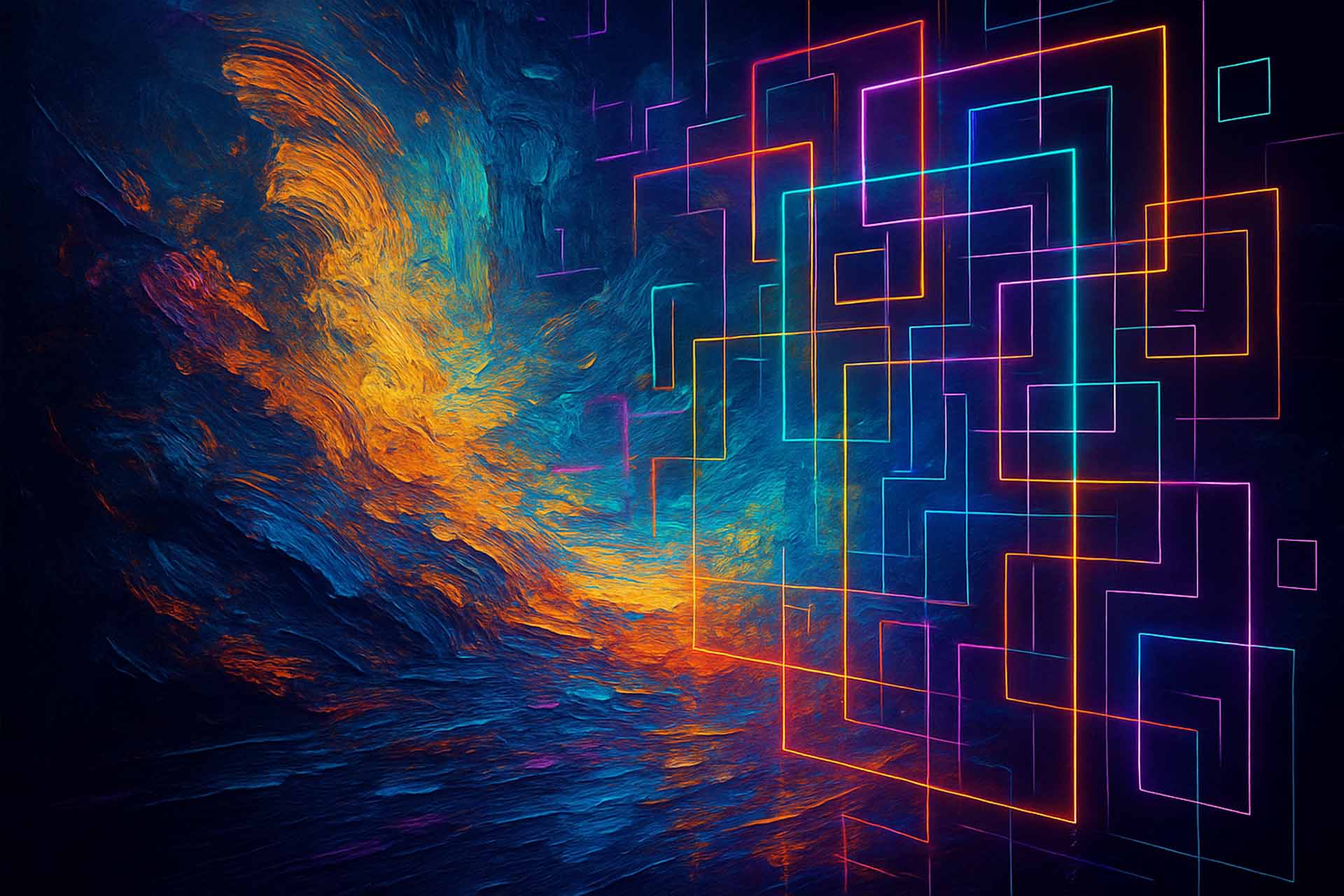
Art has always been a reflection of human imagination and culture. From cave paintings to Renaissance masterpieces, creativity has evolved alongside human progress. In the 21st century, a new wave of transformation is taking place—digital art. Fueled by powerful software, AI tools, and global connectivity, digital art is no longer just an alternative form of expression; it has become a defining force in the creative world.
From Pixels to Masterpieces: The Evolution of Digital Art
Digital art began as simple pixel graphics in the 1980s, mostly used in video games and early computer designs. Over time, tools like Photoshop and Illustrator gave artists the ability to blend traditional techniques with digital precision. Today, platforms such as Procreate, Blender, and MidJourney allow artists to create hyper-realistic illustrations, immersive 3D worlds, and even AI-generated artworks.
This rapid evolution has blurred the line between what is considered “traditional” and “digital” art, proving that technology can expand rather than limit creativity.
How Technology is Empowering Artists
Technology is giving artists tools that previous generations could only dream of:
-
Accessibility: With tablets, smartphones, and affordable design apps, anyone can start creating.
-
Collaboration: Online platforms allow artists from different countries to work together in real-time.
-
Experimentation: AI-powered tools enable artists to explore new styles, colors, and compositions instantly.
-
Exposure: Social media platforms like Instagram, TikTok, and DeviantArt allow artists to showcase their work globally without gatekeepers.
The Role of AI in Creativity
Artificial Intelligence has sparked both excitement and controversy in the art world. Tools like DALL·E and MidJourney can generate stunning visuals in seconds. For some, this feels like a threat to traditional artistry, while others see it as a new form of collaboration between human imagination and machine learning.
The truth lies somewhere in between: AI does not replace creativity, but it challenges artists to redefine what creativity means.
Challenges in the Digital Art Era
Despite its growth, digital art faces challenges:
-
Copyright Issues: AI-generated art often raises questions of originality.
-
Oversaturation: With so much content online, standing out has become more difficult.
-
Recognition: Traditional galleries and critics sometimes undervalue digital art compared to physical works.
Yet, as NFT marketplaces and virtual exhibitions rise, these challenges are slowly turning into opportunities.
The Future of Digital Art
The future of art is undeniably digital. From immersive VR exhibitions to interactive AR experiences, technology is not just a tool but a stage where creativity unfolds. The coming years will likely see artists blending traditional techniques with futuristic tools, creating hybrid art that bridges the physical and digital worlds.
Conclusion
Digital art is more than just pixels on a screen—it’s a revolution in how we imagine, create, and share ideas. Technology is not replacing creativity; it is reshaping it, offering artists new canvases and infinite possibilities. For both creators and audiences, this is one of the most exciting eras in the history of art.